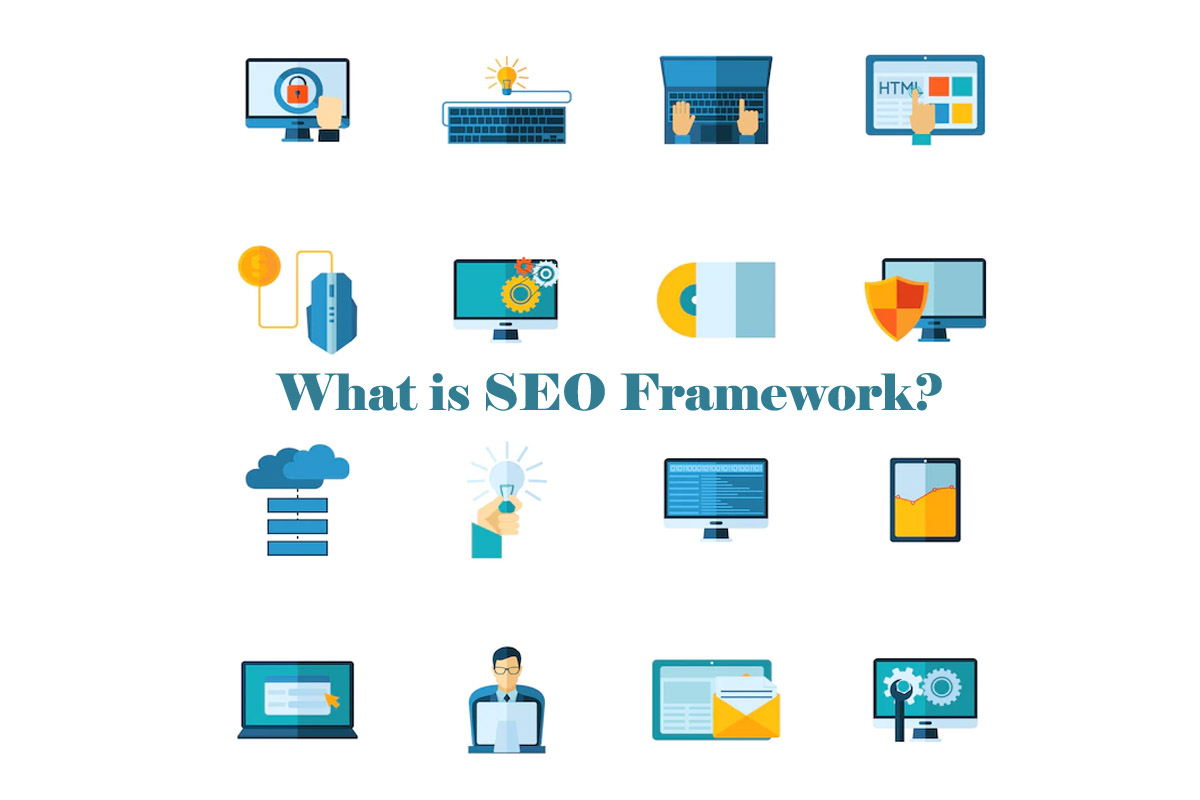What is SEO Framework?
Introduction
SEO framework is defined as an SEO plugin extension highlighting the content if it lacks something. It is one of the tools from SEO tools in WordPress, which is free. Therefore, the task of this SEO plugin is automatic. Consequently, you can get a lot of information on every page and post on your website.
How to Install SEO Framework?
In the WordPress directory, SEO Framework alone has a mere 100,000 installs and a rating of 4.9/5. You can install it the same way as any other plugin extension by adding it directly via the “Add New” button.
The plugin does not come with a setup wizard, but it does support a small guide that can make things easier for you. The document tells you to check some settings and ensure they are set correctly.
However, the tool arises with the settings configured by default, and you can leave them that way if you find them suitable. However, here are some tool settings you should be familiar with:
Generate Metadata Automatically
At its core, the SEO framework is designed to generate meta descriptions for every page on a site automatically.
When you generate content in the WordPress editor, you will see the automatically generated meta description in a box at the bottom of your editor.
Also, if you look at the condensed page in your browser’s developer tools, you can see that the meta description is there. Although it doesn’t look as professional as a handwritten custom meta description, the results are decent.
Therefore, SEO Framework is a great option when you have a lot of pages without a description. Activating the plugin will allow you to add them in a few clicks. You can do it WordPress editor.
In addition to the search title and meta description customization tab, you get two more called Social and Visibility. The tool generates meta descriptions to optimize your pages and allows you to control the social appearance and visibility of individual pages on social networks.
The tool will automatically set an Open Graph title and description for you that will appear on Facebook and other social networks. You can also customize for Twitter by entering the URL of an image you’d like to appear in when this post is shared.
Find Problems with Indicators – The SEO Framework
In the Posts / Pages menu in the WordPress backend, the SEO Framework shows you a series of indicators in the new SEO column to point out problems.
Multiple colours represent the column to show the importance of solving each problem. When you drift over each field, you can see what the acronym stands for and the status assigned to it by the SEO Framework.
T/TG: It simply stands for Title Generated. It will tell you when the title is too long or too short, old or any other problem.
DG: Description generated by meaning. It also flags variances around the meta description.
I: Indexing the status of the content. This means that indexing is prohibited by your robots.txt or WordPress settings.
This is quite a neat feature as the tool helps you quickly review the pages that need work and can also identify the most pressing issues.
Set Up Automated Titles and Descriptions
As we just saw, The SEO Framework can automatically generate SEO titles and meta descriptions for your content.
However, that doesn’t mean you’ll go without customizing them your way if you don’t find them very professional.
For this, the plugin has several settings that you can adjust to control how your metadata will look.
This is what you can do in detail for the title tags:
- Select the separator that goes between the other parts of the title. For example, post title and site title.
- Decide whether to remove the title’s HTML tags, such as bold or italics.
- Explain whether the site title should appear at the beginning or end of your search titles or not appear at all.
Meta Configurations for Webmasters
A large part of any website connects with webmaster tools to fix problems found by search engines. Therefore, ensuring your website is search engine compliant is one of the most important aspects of SEO—this section permits you to enter your verification codes and platform.
It is compatible with essential search engines like Google. If you have no idea where to find these codes, click the blue question mark next to the field. After logging in to the respective platform, it will take you to the exact page with the information.

